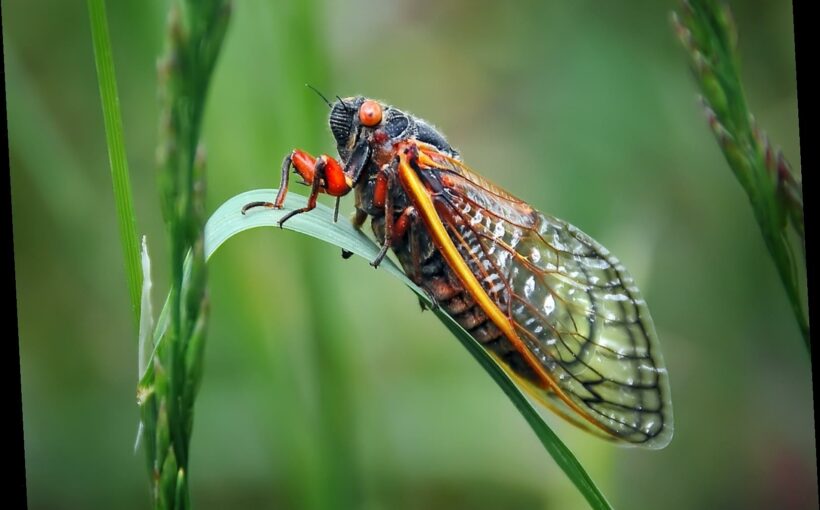A DEAFENING invasion of cicadas is expected to bombard the East Coast, after the critters have lain dormant for 17 years.
A particularly loud breed of the winged insects will soon emerge from their slumber pods, where they had been hibernating since their last mass appearance in 2004.
Brood X, or the Great Eastern Brood, is a variety of periodical cicada, USA Today reported.
Unlike greenish, annual cicadas, periodical cicadas have black bodies and bold red eyes. They were unique to North America.
Brood X was known for the critters' deafening buzz, which was described as sitting between a "buzz" and a "rattle".
John Cooley, an entomologist (insect scientist) at the University of Connecticut, acknowledged that most people didn’t realise the bugs were “always there”.
They lived underground in a “wingless nymph form” and would feed on sap from tree roots before their reemergence into the world.
Their next reappearance was expected in Spring, when they were expected to surface in 15 states: Delaware, Georgia, Illinois, Indiana, Kentucky, Maryland, Michigan, North Carolina, New Jersey, New York, Ohio, Pennsylvania, Tennessee, Virginia, West Virginia, as well as Washington, D.C.
Howard Russell, entomologist at Michigan State University, said things would get “pretty loud” when the bugs reared their heads.
HOW MUCH DO YOU KNOW ABOUT CICADAS?
- Cicadas are a superfamily, the Cicadoidea, of insects.
- Cicadoidea are physically distinguished by their stout bodies, broad heads and clear, membraned wings.
- There are more than 3000 species of cicadas.
- These are categorised into two categories; annual cicadas, and periodical cicadas.
- Annual cicadas are found over the world, while periodicals are unique to North America.
- Cicadas don't eat vegetation, but rather, drink the sap from tree roots.
- Adult cicadas die within about four to six weeks of reemerging from hibernation.
- Cicadas are known for their buzzing or clicking noises, produced with vibrating membranes on their abdomens.
Source: National Geographic
BUGS EMERGE AFTER 17 YEAR HIBERNATION
They would burrow their way to the surface when soils reached a certain temperature.
At this point, Russell said they would climb up on the nearest thing they could find, and molt for the final time.
“At that time they are white – their exoskeleton hasn’t hardened yet. That takes five or six days.
“Then the adult is ready to look for a mate.”
It was not known what changed in the critters’ 17th year of hibernation, that prompted their reappearance.
The ear-splitting sound that the bugs were known for meant that the male cicadas were up in the trees, where they were trying to attract a female.
After mating, the female cicadas would lay eggs in soft new twigs, using a sharp organ to cut into the branches.
Laid eggs would hatch in six-ten weeks.
After the baby cicadas had hatched, they would burrow into the ground and begin the lengthy process again.
Source: Read Full Article



